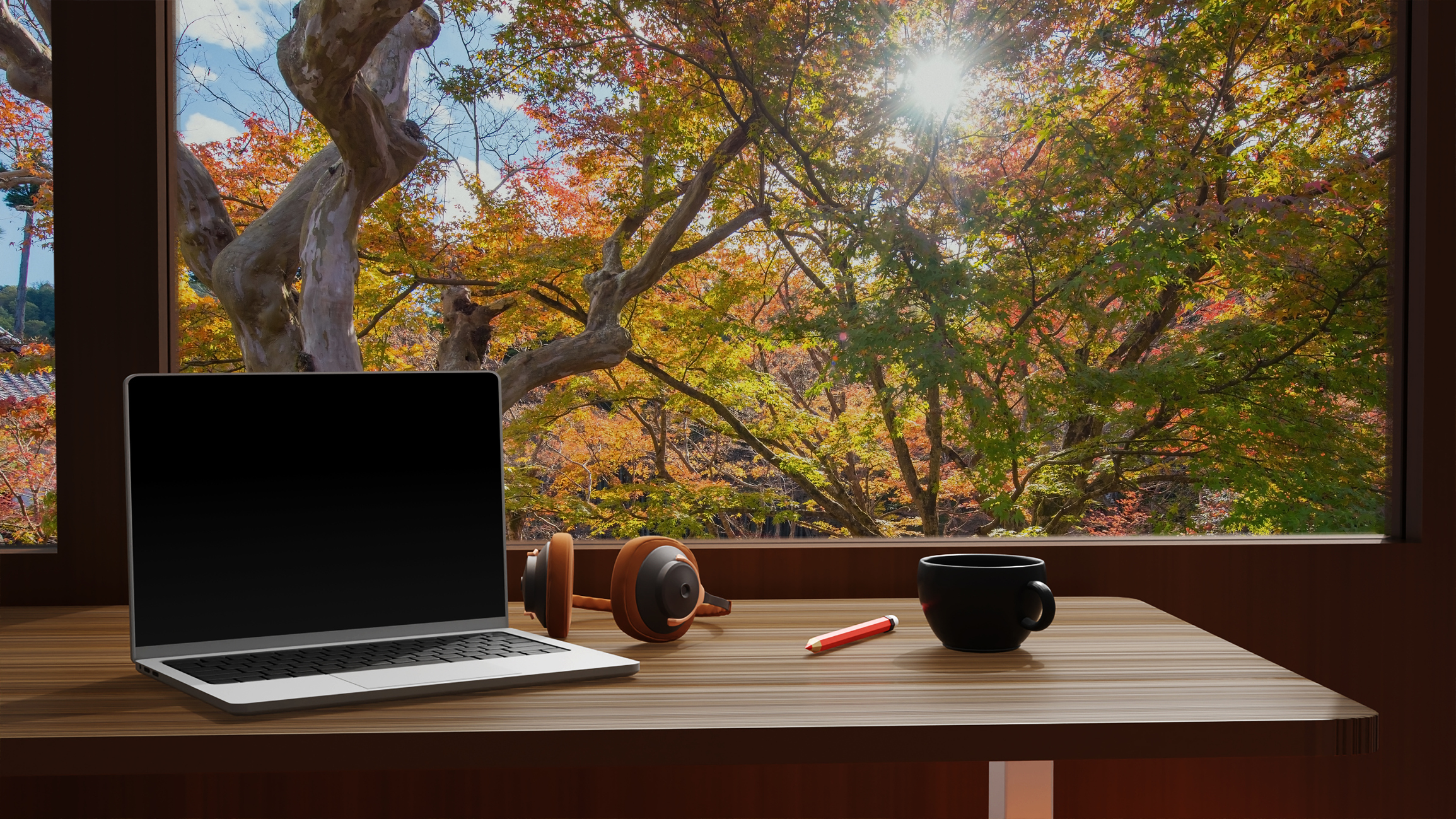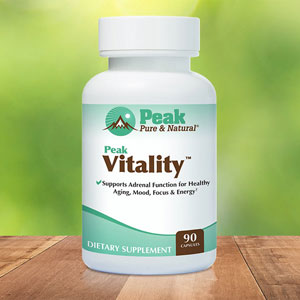Get Easy Health Digest™ in your inbox and don’t miss a thing when you subscribe today. Plus, get the free bonus report, Mother Nature’s Tips, Tricks and Remedies for Cholesterol, Blood Pressure & Blood Sugar as my way of saying welcome to the community!
Does setting the clock back make you blue?

It’s that time of year…
We’ve set the clocks back… and that means fewer hours of sunlight for the coming months.
That’s not that big of a deal for everyone. But if your mood takes a major hit and plummets at the first signs of fall or winter, then you know the winter blues are just around the corner.
Like other types of depression, seasonal affective disorder (SAD) can be serious and debilitating for those who suffer from it.
Not everyone is affected by SAD in the same way, but general symptoms include:
- Sad, anxious or “empty” feelings
- Feelings of hopelessness and/or pessimism
- Feelings of guilt, worthlessness or helplessness
- Irritability, restlessness
- Loss of interest or pleasure in activities you used to enjoy
- Fatigue and decreased energy
- Difficulty concentrating, remembering details and making decisions
- Difficulty sleeping or oversleeping
- Changes in weight
- Thoughts of death or suicide
I suffered from SAD for decades. I often joked with my friends that if I could just hibernate like the bears till spring, I would be so much better. For me, just being mindful of the disorder and understanding why I felt the way I did during the winter months helped me control those feelings of depression to a large extent.
Additionally, I learned to allow myself to just give in and get the extra sleep my body craves as winter creeps closer. An early 8 pm bedtime is not unusual for me… at least till I adjust.
I also learned to pamper myself in the winter — with warm baths, warm PJs and warm cocoa or fresh apple cider. But I have to admit… once I hit menopause the cold hasn’t bothered me half as much.
But I know for others the depression can go much deeper and their need for treatment can be more urgent. Aside from seeking antidepressant pharmaceuticals from your doctor, there are other ways — without side effects — to boost your mood and alleviate some SAD symptoms.
Light therapy for seasonal affective disorder
Light therapy involves exposure to artificial light that mimics the natural outdoor light that is sorely lacking during the winter months.
The devices are called light boxes and are made by several manufacturers. They can range in price from around $40 on up. Some light boxes use white light, while others use blue light. There is more research supporting the use of bright white light than blue light to help with SAD symptoms.
If you decide to try light therapy, it’s important to look for a light box designed to filter out most UV light.
The effectiveness of light therapy depends on daily use. You’d want to situate your light box in an area where you can be within two feet of it for at least 30 minutes each day, preferably in the morning. If you have an office job, you could consider keeping it on your desk and using it for the first half hour you work. At home, maybe you’d prefer to put it on a coffee table or side table while you read a book or enjoy your morning cup of joe.
Get plenty of vitamin D
Did you know scientists believe there is a link between vitamin D — the sunshine vitamin — and depression? That makes perfect sense when you consider the amount of natural vitamin D you get from the sun, and how drastically that can change when we set the clocks back.
An Oregon study showed that young adult women with lower levels of vitamin D had greater incidences of depression throughout a five-week study. The researchers concluded that some women could simply get more vitamin D and prevent depressive mood states.
The National Institutes of Health’s recommended dietary allowance for vitamin D is 600 IUs a day. But most alternative health practitioners will tell you that is woefully inadequate and that a therapeutic serving of 4,000 to 5,000 IUs will do you better.
Eat mood-boosting foods
One 2013 study, published in the British Journal of Health Psychology, examined the relationship between diet and mood in 281 young adults. In this study, participants who ate more fruits and vegetables felt calmer, happier and more energetic.
Junk and processed food can have the opposite effect. They stimulate short-term reward centers in the central nervous system. But over time, they can lead to dependency and mood imbalances, along with all-too-common long-term health consequences.
For a list of mood-boosting foods from Dr. Isaac Eliaz, click here.
Consider mood-boosting supplements and exercise
- Exercise and yoga. Exercise can work wonders against depressive symptoms. A study at the Department of Psychiatry at the University of Texas Southwestern Medical Center, Dallas, shows that exercise can drag people out of major depression.
- The evidence for vitamin D as a depression fighter has been stacking up for years. I take 3000 to 5000 IU daily.
- Ashwagandha is an adaptogen herb, meaning it helps you better adapt to changes that affect stress levels and mood.
- St. John’s wort has been shown just as effective at controlling depression as both tricyclic antidepressants and SSRIs (selective serotonin reuptake inhibitors).
- L-Tryptophan may help mood swings and other problems that may be linked to serotonin processing.
- Mental fatigue can creep in when lack of daylight makes you feel sluggish. L-theanine could be the solution you’re searching for. It’s an amino acid that can boost cognitive performance, especially when it’s combined with caffeine.
Talk about how seasonal affective disorder makes you feel
There’s absolutely no shame in letting your friends and family, even coworkers know how you feel. A strong support system is very important and an understanding ear can go a long way in helping you feel better. And remember — spring will return.
Editor’s note: Did you know that when you take your body from acid to alkaline you can boost your energy, lose weight, soothe digestion, avoid illness and achieve wellness? Click here to discover The Alkaline Secret to Ultimate Vitality and revive your life today!















